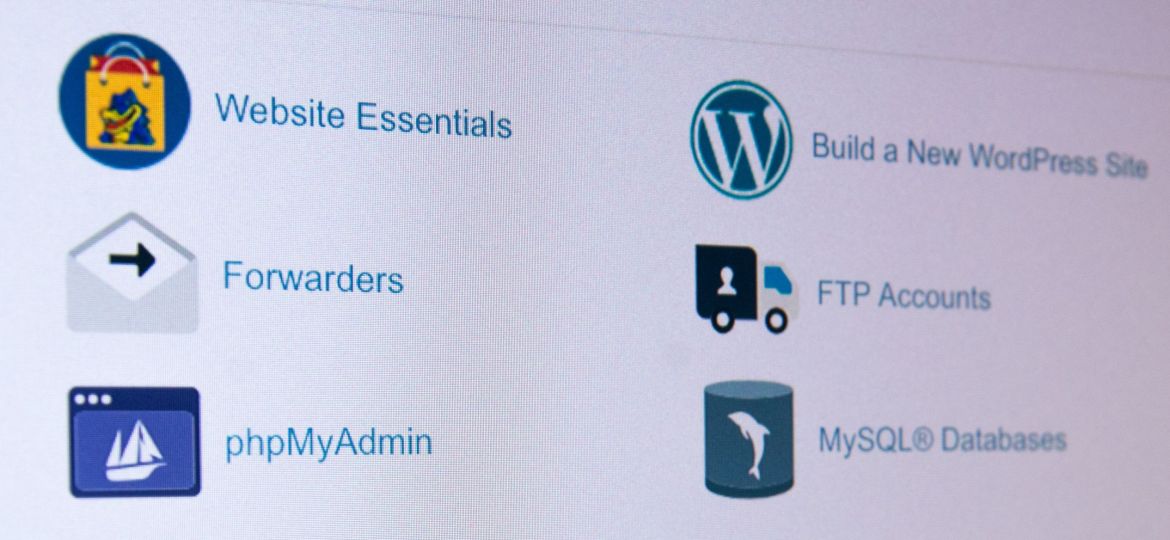Firefox blocks third-party tracking cookies by default to allow users to have more control over the information they are willing to share across the web. Since 3 September 2019, Enhanced Tracking Protection is automatically turned on by default for all users around the globe as part of the ‘Standard’ setting in the Firefox browser and will block known “third-party tracking cookies” as per the Disconnect list. Firefox’s statement: “We first enabled this default feature for new users in June 2019. As part of this journey, we rigorously tested, refined, and ultimately landed on a new approach to anti-tracking that is core to delivering on our promise of privacy and security as central aspects of your Firefox experience.”
admin
It is quite common for online publishers to monetize their website through the standard MPU (300×250), Leaderboard (728×90), Skyscraper (160×600) type of ad formats. But what do you do when you’ve achieved a maximum fill rate and fully optimized your CPM? Luckily, not all is lost. In this article, you will find five ad platforms that you can implement in your site, that can help you unlock new streams of ad revenue.
Google AdSense is broadly considered the go-to platform for webmasters to monetize their properties in their early days. When you’re starting out, you don’t really have too many options when it comes to programmatic, so it’s really a no-brainer. However, some publishers can see pretty decent results with AdSense well into maturity, which begs the question if you should ever switch at all.
If you’re in the online content business whether it be a website publication, video or mobile app, you’ve probably already had a taste of programmatic monetization. Digital advertising has a lot to offer, however, things can get quite daunting the more you get into the finer details of the industry. So, in this piece, we’ll be deciphering acronyms and buzzwords like CPM, impressions, ad requests, etc. to help you understand the basics of ad monetization so that you can take the next step in making money through web publishing.
If you’re an avid publisher, chances are you’re already familiar with native advertising and its intricacies. That said, today native is as relevant as ever, so it’s definitely worth reconsidering in case you haven’t explored the ad format yet. Let’s have a quick reminder of the basics and summarize the benefits of adopting native ads into your monetization strategy.
A couple of weeks ago, Google rolled out another significant update affecting the first page of search results. The update happened quickly, 100% globally and from now on webpages with featured snippets will not appear twice on the first page. So, what does all this mean for digital publishers?
WordPress is without a doubt the most popular content management system today, dominating the CMS world. “WordPress is used by 62.4% of all the websites whose content management system we know.” This makes 39% of all websites around the globe. In a nutshell, it’s the preferred platform for webmasters around the globe for its ease-of-use features as well as it’s versatility. It gives website admins the ability to manage content efficiently, while at the same time maintain full control of their backend and make customizations at will.
Last week Google announced that it will be shutting down third-party cookies on its popular web browser – Chrome. By 2022, the tech giant’s largest targeted advertising technology will be gone for good. Google’s decision intends to encourage publishers, advertising companies and other browser providers to help Google create a new set of privacy-focused web standards. This move definitely shook the advertising world and the first step towards the new status quo is already in sight. Google has announced that it will limit cross-site tracking in their browser by default, starting in February 2020 with the release of Chrome 80.
On the 13th of Jan, Google announced that it’s rolling out a core algorithm update. By the end of the week, the update will settle and SEOs and webmasters will be able to fully understand if and how their web properties have been affected.
why it is so important to implement them Ads.txt and Sellers.json aren’t new to the programmatic industry. If you’re a publisher you’re most likely familiar with the terms and probably already adopted the initiative. We have covered this topic before, so we will briefly remind you of the basics.











